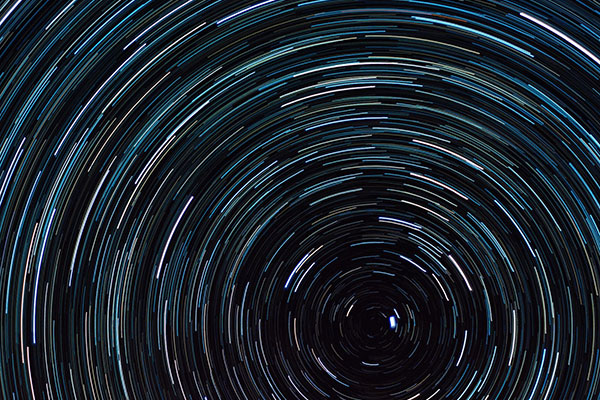ORION
Orion is an automated timelapse image capture and stacking tool for Raspberry Pi and the Pi camera. It runs as a daemon on your Pi, calculates the sunset/sunrise times for your location, performs image capture and stacking automatically and saves the result for your viewing pleasure.
But wait, there's more!
ORION will upload, if you choose to do so, your stacked images to a "cloud" repo at orion.davidus.sk. The goal of this repository is to track the sky from many different locations around the planet and who knows, collaboratively we might capture a nice meteor or a UFO.
Requirements
This is a simple projects and requires only few things:
- Raspberry Pi
- Pi camera connected to the Pi
- Access to the shell on the Pi
- Basic knowledge/ability to run shell commands
- Some kind of weatherproof housing for the Pi and the camera
- Internet connection (only for installation and sharing)
The housing is optional, but it will come in handy if you don't want to damage your Pi as it will have to be installed outside (to have a full view of the sky) and it will be exposed to the elements. There is no need for Internet connectivity while the Pi is imaging; it is needed only if you want to remotely view the results of ORION's work or share your stacked images :)
Installation
At minimum you need to know your decimal latitude and longitude. These are used to determine sunset/sunrise hours for your location. At any time you can edit the ./data/settings.json file by hand and insert those values under the location object or better yet, run the installer and follow simple steps.
From the command line run sudo ./bin/install.pl and enter your latitude, longitude and email address if you want to share your stacked images and be notified when stacking has completed. Be patient with the process. The installer will download all necessary libraries.
How to use
From the command line run sudo ./bin/orion.pl -d and sit back. The program will run as daemon and will automatically perform all required tasks.
The program continuously captures images from sunset to sunrise and then it stacks them into one single JPEG image named orion-YYYY-MM-DD.jpg where YYYY-MM-DD is the day the image was rendered. Image stacking is a very intensive process and can take several hours to complete; the duration depends on number and size of images being stacked.
If you are running the default configuration and your Pi is connected to your network, you can access your stacked images at http://<your Pi's address>/orion-YYYY-MM-DD.jpg.
Configuration
There are two ways to configure ORION - you can edit the ./data/settings.json file by hand or use the simple browser based form found at http://<your Pi's address>/orion. Currently the web form does minimal validation of input fields, so please use common sense when inputting values.
Night time photography
If your stacked image does not come out perfect on your first try, do not despair. Night time photography is a tricky subject and requires you to try out few things before you get the desired result. Photographing objects is complex, multivariate process but at minimum you need to understand the role of exposition time (shutter speed). The longer the exposition time (bigger shutter speed value), the longer will the camera module receive and process light. Therefore if your images come out too dark, increase the shutter speed (allow the module to receive more light). On the other hand if they come out white/washed-out (overexposed), decrease the shutter speed.
Support
There are bound to be issues. Feel free to contact me with problems you might come across or submit your own fixes and improvements.

